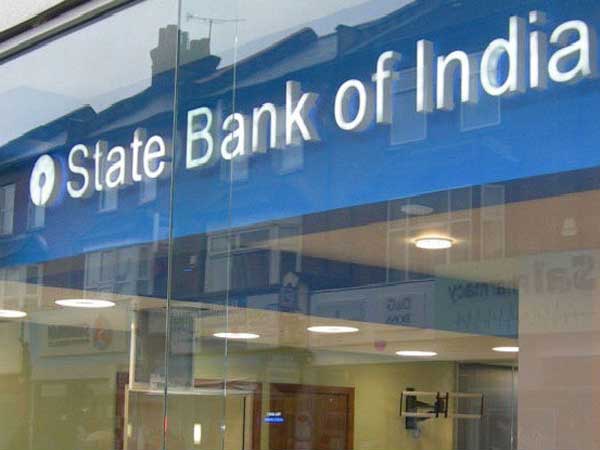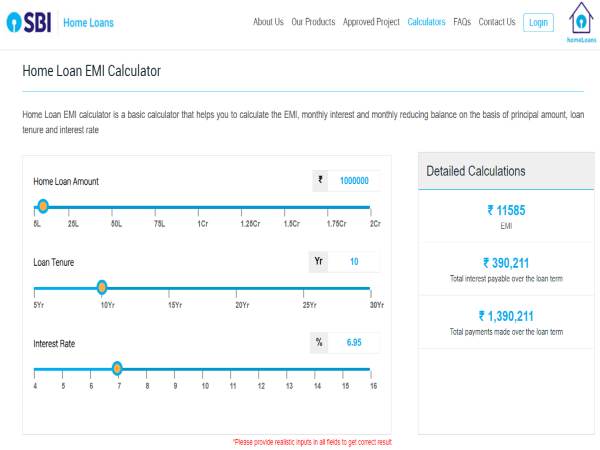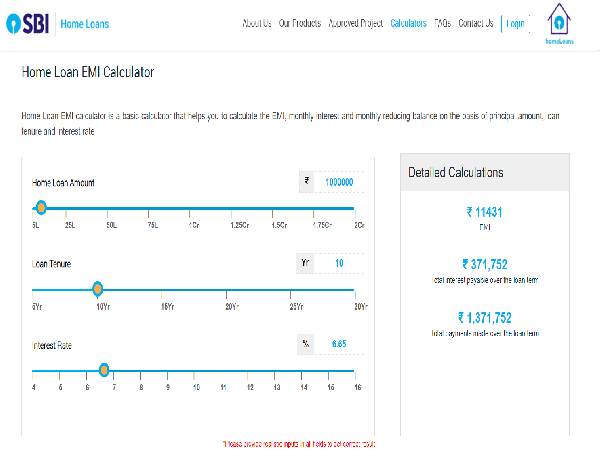Eligibility for choosing new tax regime:
Anybody for that matter i.e. individuals as well as Hindu Undivided Family or HUF can choose the new tax regime.
Comparison of tax slab and rate in new and old tax regime
| Income slab |
Old Tax regime |
New Tax regime |
| Up to Rs. 2.5 lakh |
0.00% |
Nil |
| Rs. 2.5 lakh- Rs. 5 lakh |
5.00% |
5.00% |
| Rs. 5 lakh- Rs. 7.5 lakh |
20.00% |
10.00% |
| Rs. 7.5 lakh- Rs. 10 lakh |
20.00% |
15.00% |
| Rs. 10 lakh- Rs. 12.5 lakh |
30.00% |
20.00% |
| Rs. 12.5 lakh – Rs. 15 lakh |
30.00% |
25.00% |
| Above 15 lakh |
30.00% |
30.00% |
Various deductions and exemptions llowed in old tax regime
| Exemptions |
Deductions |
| HRA |
Provident fund |
| LTA |
ELSS |
| Food coupons or vouchers |
Life Insurance Premium |
| Company leased car |
EPF |
| Standard deduction |
Principal and interest of home loan |
| Leave encashment |
Children tuition fee |
| |
Health insurance premium |
| |
Investment in NPS |
| |
Savings account interest |
Which to choose Old Or New Tax Regime?
There cannot be given a clear cut comparative chart specifying which scheme shall work for which taxpayer category. Nonetheless, given the number of deductions and exemptions, taxpayers will have to forego, the benefits that come with old tax regime far outweigh the benefit of lower tax rate available with new income tax regime.
Now as per the new tax regime, those having income of Rs. 7.5 lakh income will have to pay Rs. 25000 and those of you having Rs. 10 lakh income will be able to save tax of Rs. 37500. But the things will come to fore on detailed analysis. But for all such savings, you would have to forego all the deductions and exemption, which might negate all your tax savings.
To simplify and understand which tax regime would work for you:
1. Compute all the exemptions that you avail: Say if you have claiming rent against HRA benefit. And there can be other tax-free component such as LTA, food, phone bill etc. that might become taxable in the new tax regime
2. Now come to the deductions that you claim in a particular FY:
In the new tax regime, one will not get the deduction available in respect of EPF as well as standard deduction of Rs. 50000 for salaried class. These and other deductions such as those available against home loan, insurance premium will in the new tax regime not help you to lower your tax liability.
Now you need to add these deductions and exemptions and less it from your salary to know what shall be your taxable income and what it shall be in case your forego deductions as under the new tax regime. And then you will be able to decide which tax regime to go for. We will arrive at the decision taking into perspective 3 situations:
1. When someone is claiming few exemptions and deductions:
Say a salaried class person who earns Rs. 8 lakh per annum and makes EPF contribution and gets HRA benefit. Also, he is eligible for LTA benefit against which he’ll be claiming Rs. 25000 for the amount incurred on travel.
| |
Old tax regime |
New tax regime |
| Annual Income |
Rs. 8 lakh |
Rs. 8 lakh |
| Standard deduction |
– Rs. 50000 |
|
| EPF contribution |
– Rs. 25000 |
|
| HRA |
– Rs. 30000 |
|
| LTA |
– Rs. 25000 |
|
| Total deductions and exemptions |
Rs. 130000 |
|
| Taxable salary |
Rs. 6.7 lakh |
Rs. 8 lakh |
Now considering the old tax regime,
Tax payable will be 5% of 250000+ 20% of 170000= 12500+ 34000= 46500 + cess of Rs. 1860 =Rs. 48360
For the new tax regime, tax liability will be = 5% of Rs. 250000+10% of 250000+ 15% of 50000= 45000. Here cess of Rs. 1800 applies, so total tax liability is Rs. 46800.
So, here the taxpayer will make a saving of Rs. 1560 by choosing the new tax regime.
2. Here supposing the taxpayer claims all of the major exemptions but fewer deductions
Say the annual income is Rs. 13 lakh and being a salaried concern he has investments into EPF, has a term coverage of Rs. 1 crore so claims deductions against it and other exemptions too to his credit.
| |
Old tax regime |
New tax regime |
| Annual Income |
Rs. 13 lakh |
Rs. 13 lakh |
| Standard deduction |
– Rs. 50000 |
|
| Section 80C |
– Rs. 75000 |
|
| Meal coupons |
– Rs. 26400 |
|
| LTA |
– Rs. 20000 |
|
| HRA |
– Rs. 30000 |
|
| Total deductions and exemptions |
Rs. 201400 |
|
| Taxable salary |
Rs. 10.986 lakh |
Rs. 13 lakh |
In the old tax regime, tax payable will come to be as Rs. 187500 +7499 surcharge, taking the total tax to be as Rs. 194999. While in the case of new tax regime, it shall be Rs. 137500+ cess of Rs. 5500 so the tax here comes to be Rs. 143000. Now here the taxpayer is better off opting for the second or new regime, as it will mean substantial savings of Rs. 51999.
Situation 3: Where all major exemptions and deductions have been availed
Say considering the salary here to be Rs. 20 lakh and full 80C benefit of Rs. 80C is being availed. Plus there is health insurance, investment in NPS, LTA etc. which has to be claimed in the old tax regime:In this case for the taxpayer old tax regime works better with a tax liability of Rs. 3,26,040 lakh
| |
Old tax regime |
New tax regime |
| Annual Income |
Rs 20 lakh |
Rs. 20 lakh |
| Standard deduction |
– Rs. 50000 |
|
| Section 80C |
– Rs. 150000 |
|
| NPS |
– Rs. 30000 |
|
| Health insurance |
– Rs. 25000 |
|
| LTA |
– Rs. 25000 |
|
| HRA |
– Rs. 50000 |
|
| Total deductions and exemptions |
Rs. 3.3 lakh |
|
| Taxable salary |
Rs. 16.7 lakh |
Rs. 20 lakh |
While in the new tax regime, the tax liability of Rs. 351000 will be there.
Situation 4: In the case of self-employed an individual taxpayer can claim full 80C benefit of Rs. 1.5 lakh and Rs. 50,000/- under Section 80CCD(1B) for contribution towards National Pension System. Presuming aggregate income of Rs. 7 lakhs he will have a tax liability of Rs. 32,500/- under new tax regime. And under the old tax regime if he is able to claim deduction of Rs. 2 lakhs as specified above he will be able to reduce his total income to 5 lakhs on which he will not have to pay any tax due to rebate of Rs. 12,500 available u/s 87A. So, by making investments one will be able to save Rs. 32500 in tax under the old regime.
Most to go with Old tax regime
Notably the switch from one tax regime to the other cannot happen over and over again as salaried will have to let go most of exemptions and deductions available and in fact some of the contributions are mandatory, they will be better off adhering to the old tax regime. Also, for the self-employed tax payer category in case they have currently running home loan then they should be going with the older regime only.
Conclusion:
So conclusion is that while the new tax regime does not simplifies things for you, the scale to which you claim deductions and exemptions might help you ascertaining which tax regime shall better work for you. Furthermore, you don’t need to choose insurance just because it will help you save but the idea should be a longer term financial goal of securing your family’s finances in case of your absence.
And the new tax regime makes more sense for those who do not take complete 80C advantage or do not have home loan or any health insurance policy.The new regime shall be suitable for only a handful of self-employed or an HUF for which rebate under Section 87A is not available.
GoodReturns.in


















